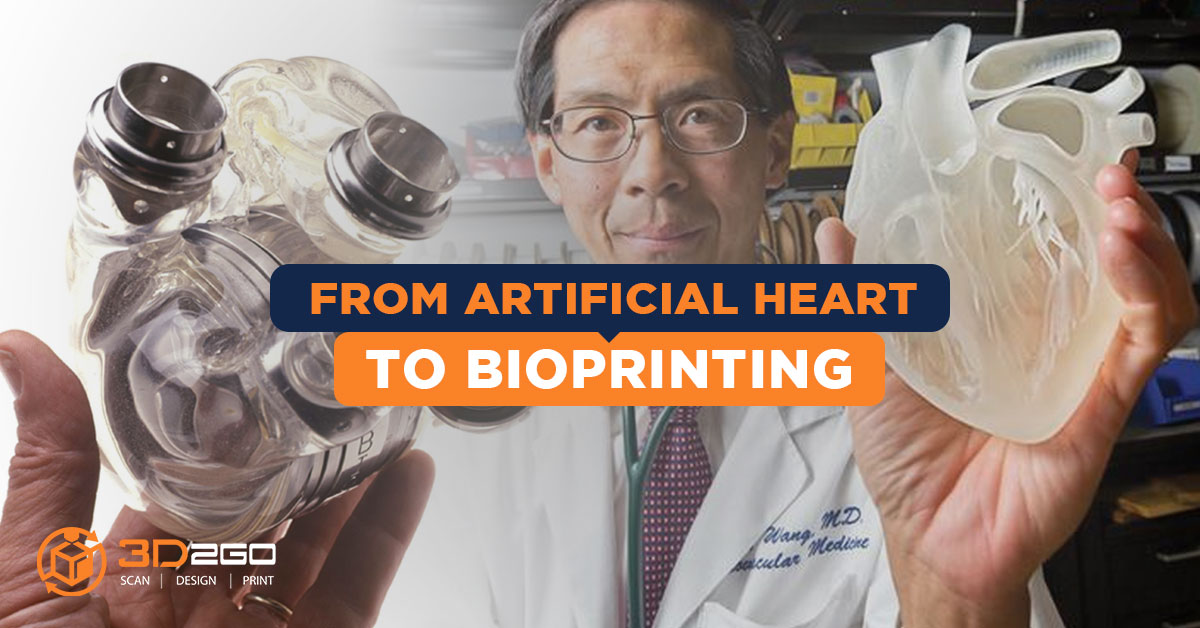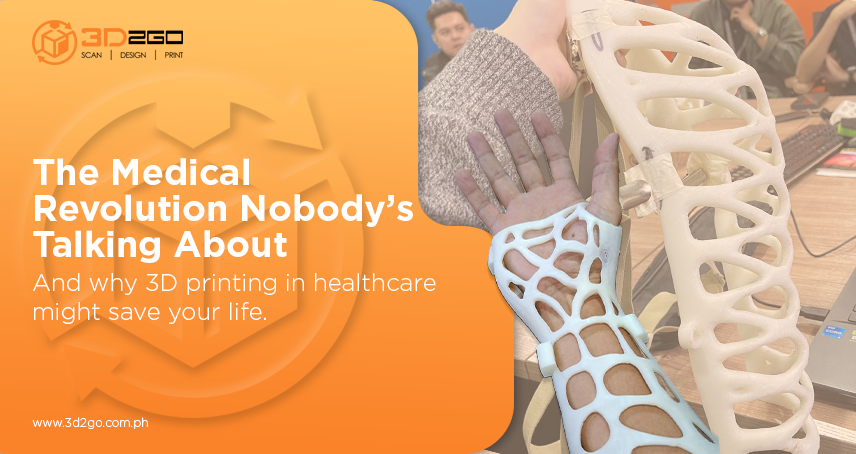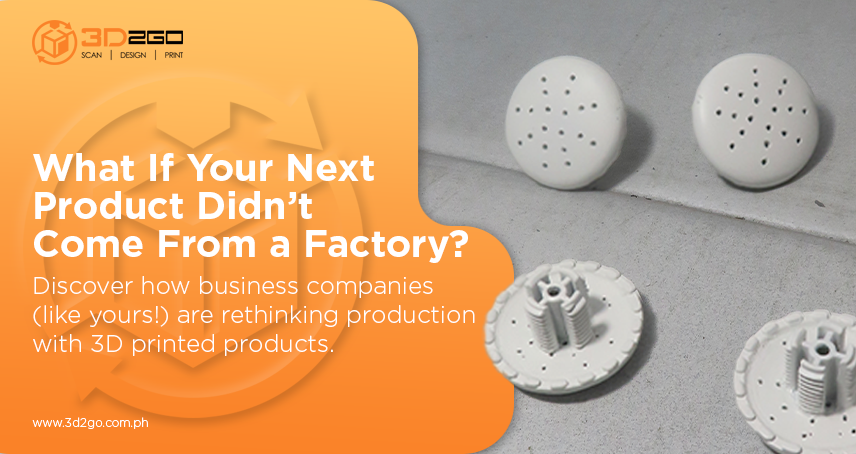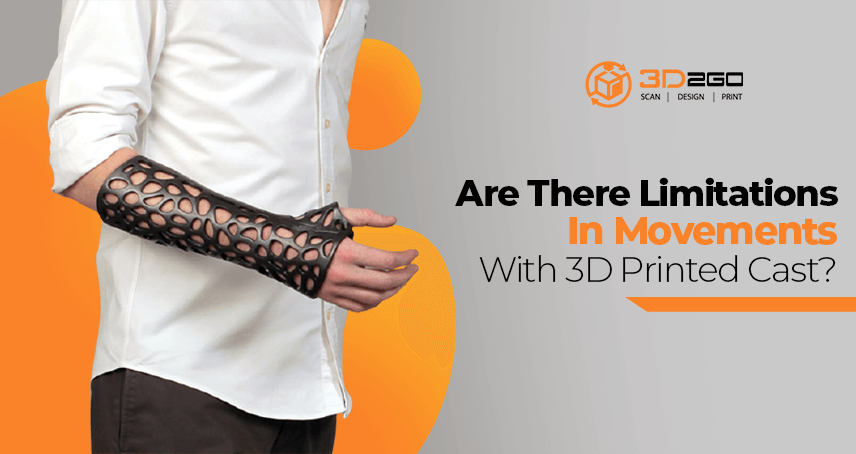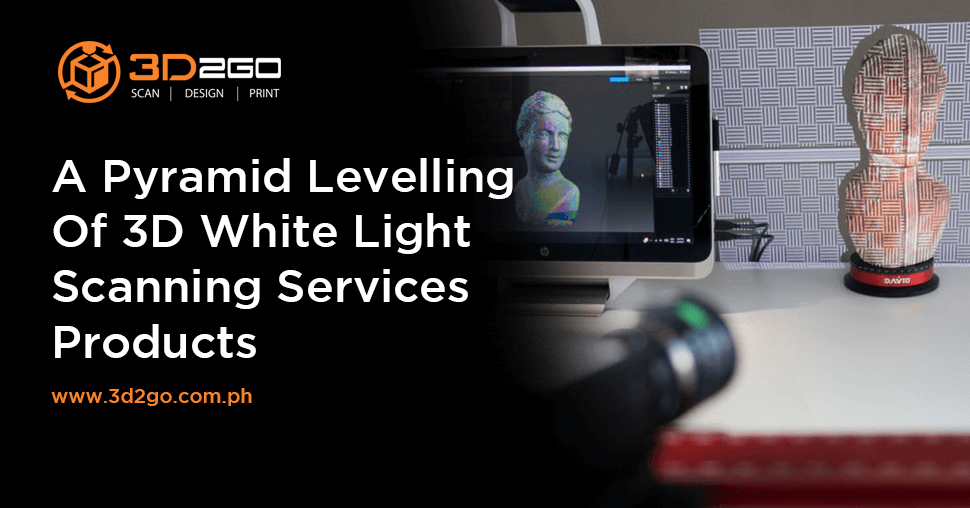
A Pyramid Levelling Of 3D White Light Scanning Services Products
May 13, 2022
Wow People on Your List With These Personalized 3D Printed Gift Ideas
May 14, 2022Without question, 3D technology has paved the way to various medical breakthroughs that have largely improved man’s quality of life. Such advancements, thanks to bioprinting, are being felt in various branches of medicine, including regenerative surgery.
Bioprinting is the use of 3D technology to print human tissues and organs by layering living cells. It is also used in surgical therapy, transplants, and tissue engineering.
Scientists have tapped into 3D printing to create a human nose, ears, and more. They have also found that it is possible for parts of a cartilage, bone, and muscle to function properly when implanted into the body of an animal. This raises hopes that one day man will be able to print human tissues for the purpose of completely repairing damages in the body.
Obviously, this is still in the experimental stage. It is used mainly in studies and building prototypes as opposed to applied science, wherein the printed tissue should be able to simulate how an actual human tissue reacts to drugs or surgical intervention.
But while understandably ambitious, there is hope that it can happen. The fact that scientists have been able to 3D-print an artificial heart is already a great leap forward. Thankfully, these studies don’t stop and who knows, we could be how many years away from benefitting from a fully functional 3D-printed human organ.
Yes, man has already 3D-printed an artificial heart — and it beats like a real one. This artificial heart is made of silicone that showcases both right and left chambers. It also has an extra chamber that drives the external pump. This chamber is inflated and deflated by pressurized air, driving blood through the ventricles.
Replacing Mechanical Pumps
The best case scenario in the near future is when the artificial heart finally replaces mechanical pumps, which, as well all know, are subject to failure. Malfunctioning mechanical pumps may cause complications in the body and just worsen a patient’s situation. Currently, mechanical pumps are used when a patient is recovering from a heart failure or while waiting for the availability of a donated heart.
Taking a Step Further
Here at 3D2Go, we consider the creation of a 3D-printed human heart as a modern miracle. Just like in the case of human tissues, the creation of something like an artificial heart takes us a step closer to another breakthrough, which is being able to replace a damaged heart without undergoing a transplant.
This is great news, especially that there are roughly 26 million people around the world who are suffering from heart failure. Adding to the misery is the fact that there is also a global shortage of donors. This issue is being felt not just in the Philippines but also in other parts of the world.
Creating a fully functional human heart is a critical solution to this issue. The local healthcare industry must know that behind every 3D printing breakthrough in medicine is a company known to adapt and innovate.
If you want to know more about bioprinting, just go to our blog or contact us!


